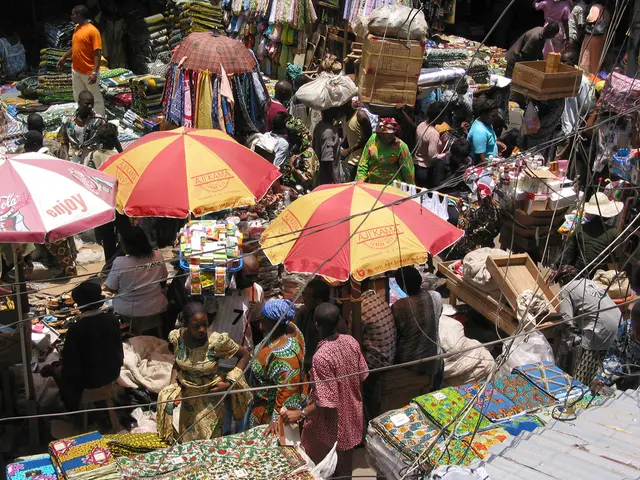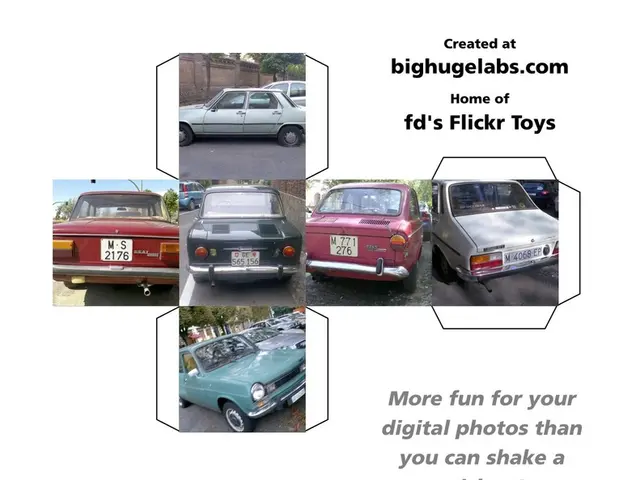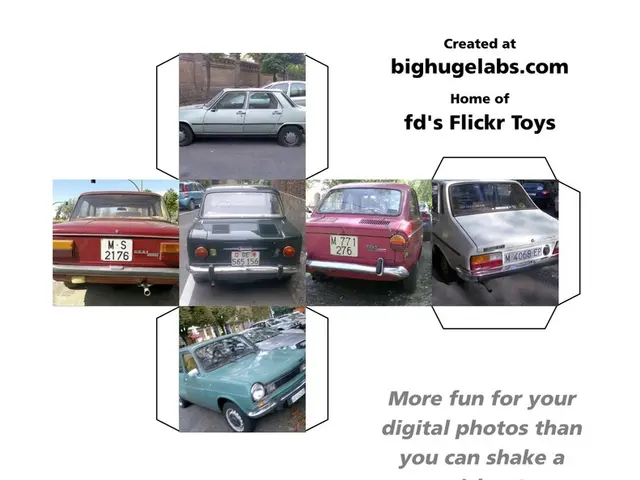Gesturing towards the innovative design of Expo 2025 Osaka's construction projects
Expo 2025 Osaka, set to run from April 13, 2025, to October 2025, promises to be a spectacular event showcasing the blend of modern sustainable architecture, traditional Japanese craftsmanship, and global cultural narratives. The expo spans the landscape of Yumeshima, an artificial island in Osaka Bay, and is organised mainly around the Grand Ring, a 2,200-foot-diameter elevated wooden walkway designed by Sou Fujimoto.
The Grand Ring, one of the largest human-built timber structures, serves as the main circulation route and is constructed using local Japanese woods (Sugi cedar and Hinoki cypress) with traditional joinery techniques (Nuki joinery). It integrates circulation with architectural expression and symbolises connection among nations and ideas.
Key architectural highlights of the expo include the Germany Pavilion, composed of six interlocking cylinders fashioned from natural and renewable materials. The Spanish Pavilion features a facade inspired by the ocean and sun, while the Better Co-being Pavilion symbolises empathy and sharing through translucent canopies.
The Qatar Pavilion combines traditional Qatar dhow boat construction techniques with Japanese refined wood joinery, and the Czech Pavilion features a spiral-shaped timber structure with a 260-meter ramp. The Colombia Pavilion, known as the "ICE CUBE," creates dynamic visual effects inspired by a scene in Gabriel García Márquez’s novel.
The Netherlands Pavilion is designed by Amsterdam-based RAU architects and is inspired by the Tower of the Sun from the 1970 Osaka Expo. The interior includes a modern layered design called Aptitude Fragments, created by Kyoto-based Dutch textile artist Mae Engelgeer.
The USA Pavilion features panoramas of iconic American landmarks on LED screens and a glowing, reflective glass cube at its heart. The Canada Pavilion is designed to evoke the natural phenomenon of ice jams, symbolising renewal, growth, and hope. More than half of the Canada Pavilion is made of materials and components that can be rented or reused, and recycled elements include asphalt from the exterior.
The Uzbekistan Pavilion is designed by Atelier Brückner and is inspired by the concept of a garden of knowledge, tapping into Uzbekistan's Silk Road heritage and paradise-like gardens. The Netherlands Pavilion's facade is made up of lamellas, representing the flow of water, and measures a precise 425m, aligning with the 425th anniversary of relations between Japan and the Netherlands.
The Nordics Pavilion is a joint creative project by Denmark, Finland, Iceland, Norway, and Sweden. The Portugal Pavilion is inspired by the theme 'Ocean, The Blue Dialogue' and is designed by Kengo Kuma. An anticipated 28.2 million visitors are expected during the six-month period.
The expo site is divided into three large thematic districts—Connecting, Empowering, and Saving Lives—surrounded and connected by the Grand Ring. Additional zones include Pavilion World, Water World, and Green World, designed for outdoor events and showcasing advanced mobility technologies.
The Grand Ring is made from Japanese sugi cedar, hinoki cypress, European red cedar, and metal reinforcements for earthquake resistance. The Mitsubishi Pavilion, the Women's Pavilion, and Zeri Japan's Blue Ocean Dome are among the 12 Japanese private sector pavilions at Expo 2025 Osaka.
The Japan Pavilion, with nendo founder Oki Sato at the helm, is a key focal point inside the Grand Ring. The Grand Ring spans 2km in circumference and rises 20m high. The Switzerland Pavilion is defined by a futuristic cluster of lightweight spheres, designed by Manuel Herz Architects.
Overall, Expo 2025 Osaka combines modern sustainable architecture with traditional Japanese craftsmanship and global cultural narratives to create a futuristic and immersive environment for more than 100 national and thematic pavilions.
Technology plays a significant role in augmenting the immersive experience at Expo 2025 Osaka, with the USA Pavilion featuring panoramas of iconic American landmarks on LED screens and the Netherlands Pavilion incorporating a modern layered design named Aptitude Fragments, created by Kyoto-based Dutch textile artist Mae Engelgeer.
Advanced mobility technologies are also on display at the expo, with zones like Green World designed for outdoor events, showcasing technological innovations in this area.




